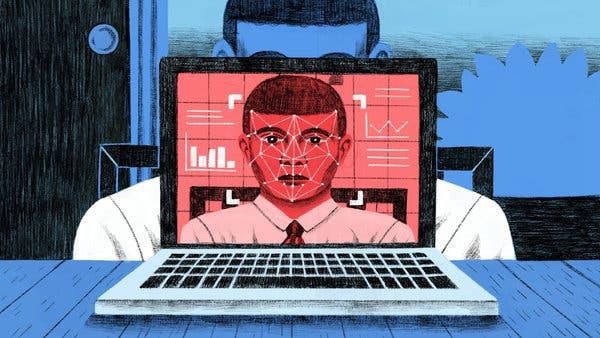
The social climate in the US has reached a boiling point due to the longstanding inequalities and biases that have been simmering for centuries and erupted since the May 25 police killing of George Floyd. Between this latest outrage and minorities being most severely affected by Covid-19, the socioeconomic disparities faced by black Americans have taken on an even more critical role in all aspects of society, including an area I have been involved with for the past 20 years — recruiting and recruiting technology.
Bias has always been present in the hiring process, irrespective of an individual’s skills and experience for a given role. And it’s not just conscious bias — research indicates that unconscious bias is far more prevalent than conscious prejudice.
According to the Harvard Business Review “the level of discrimination encountered by African Americans during the hiring process over the past quarter-century has remained unchanged, with less than 1% of Fortune 500 CEOs being African American.
HR has been slow to adopt more forward-looking technology solutions than its counterparts in other areas of corporate operations. The first and most prevalent technology HR has adopted has been the applicant tracking system and for many years it really did not go much further. While various assessment, interviewing and candidate sourcing technologies have emerged in the last few years, in actuality, bias has been accentuated and not minimized. One would think technology, being agnostic, would have helped overcome some of the bias, but it seems to have accentuated biases instead.
PREMIUM CONTENT: IC Compliance and Payrolling – Global Legal Overview
Video interviewing qualifying technology is the leading culprit in not mitigating bias but in fact promoting it — video by its very nature immediately identifies the race, gender and ethnicity of an applicant before their skills and experience can be appropriately assessed. Another recent development are smart speaker products, such as Amazon Alexa and Google Assistant, which were found to be biased toward white, highly educated, upper middle-class Americans with a west coast accent, according to a study undertaken by the National Academy of Sciences.
“Hiring managers unintentionally perpetuate inequality by judging candidates based on their regional dialect and expressions,” the study found. It further determined “voices used in [such tech products] are associated with both actual and perceived higher social class. This perception influences interviewers/recruiters to infer competence, intelligence and fitness for a position based only on a few seconds of hearing a candidate speak.” These “self-identifying” technologies being used up front in the recruitment/assessment process is putting the cart before the horse and promoting — not lessening bias.
The most critical factor in removing bias is to first ascertain whether the applicant candidate has the required skills, experience, etc. for the position using an agnostic technology which does not identify the “background” of the applicant candidate. Technology applied intelligently, using a common-sense approach, can be extremely valuable recruitment by identifying the applicant candidates who possesses the required skills and experience for the position. Once this has been determined in a fair and equitable manner, the candidate(s) can then go through a personal interview to further assess and validate their applicability for the role based on the requirements for the position.
By taking such an approach, no applicant would be disqualified purely based on their race, gender or ethnicity before having a chance to prove their value and ability to perform the responsibilities of the position.
In this highly volatile environment, we all need to stop and consider whether we have become too reliant on technology to be the panacea to solve all recruiting issues when, in reality, it is doing more harm than good.
Technology can greatly assist — if applied intelligently and used in such a way that benefits not just the hiring process but also gives every candidate an equal and fair ability to be considered for a position. Such applications will improve the quality of the workforce, promote diversity and mitigate discriminatory litigation.